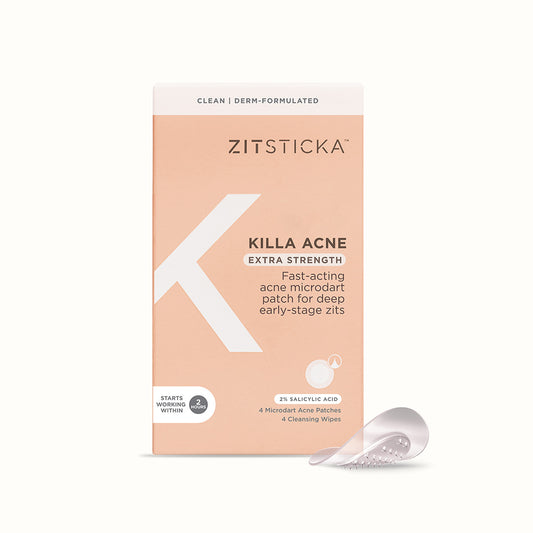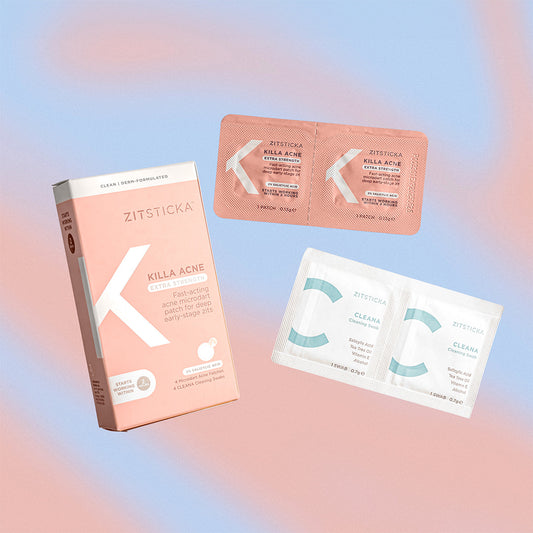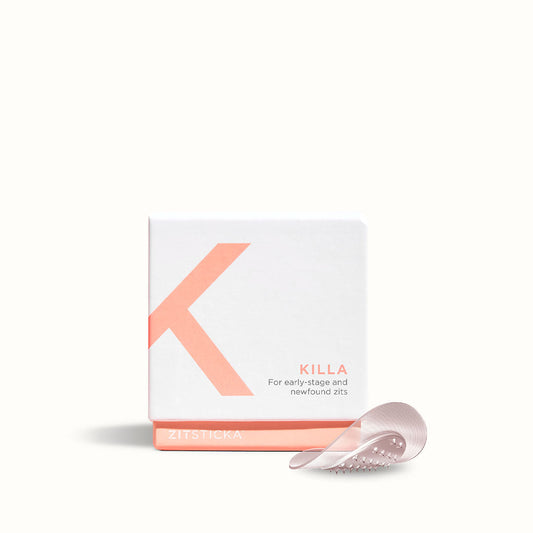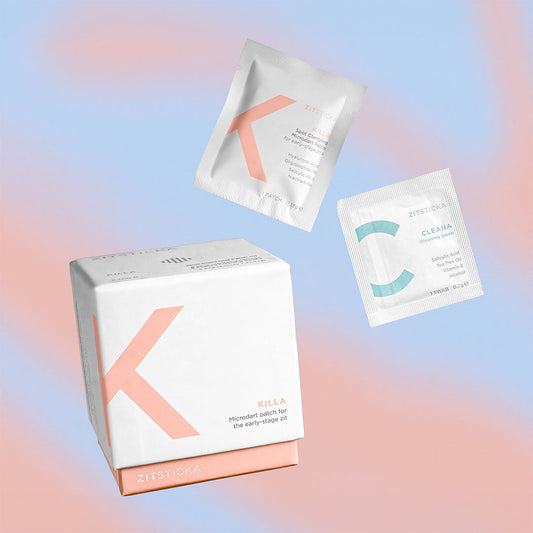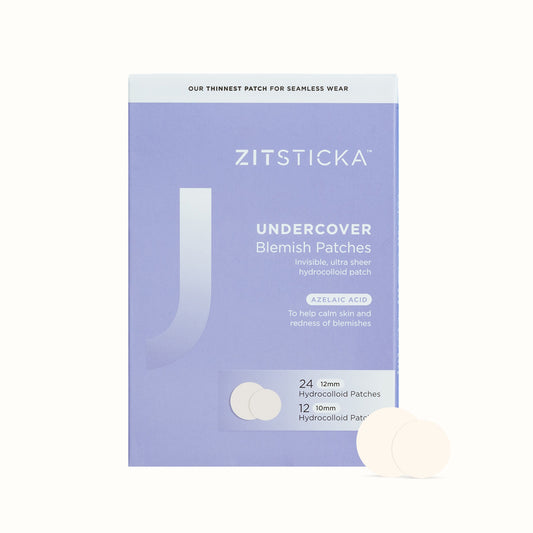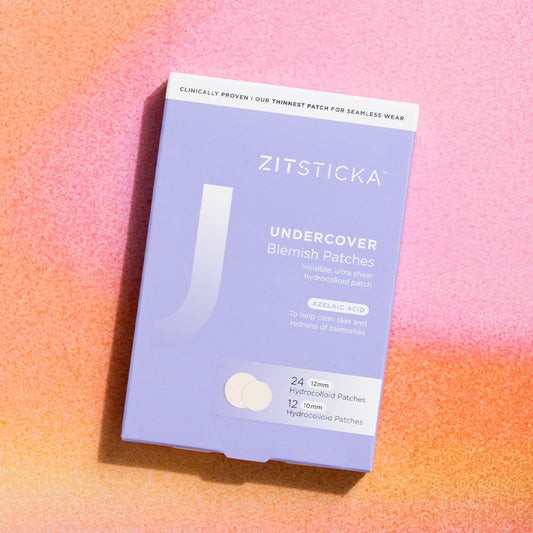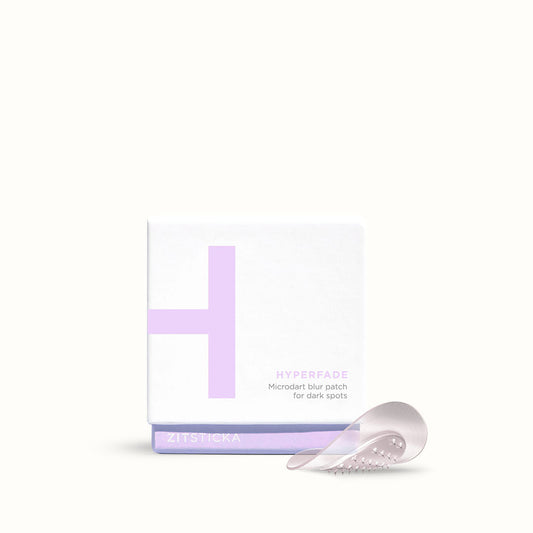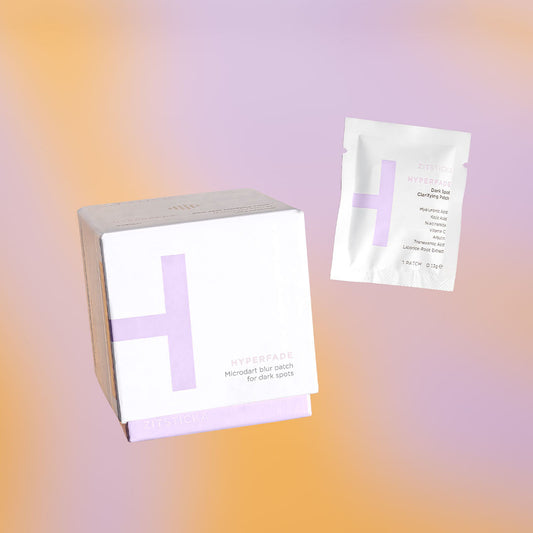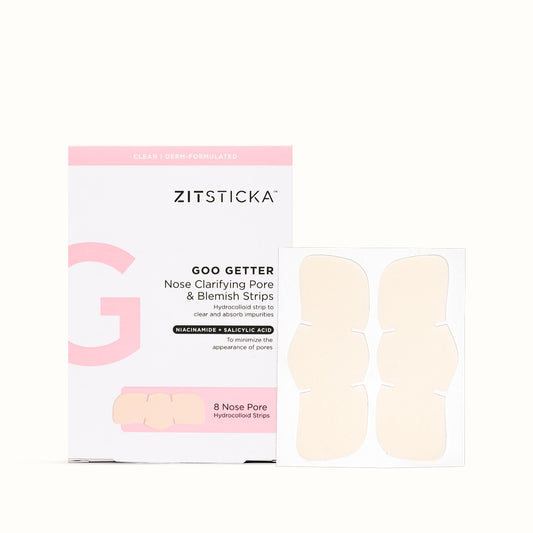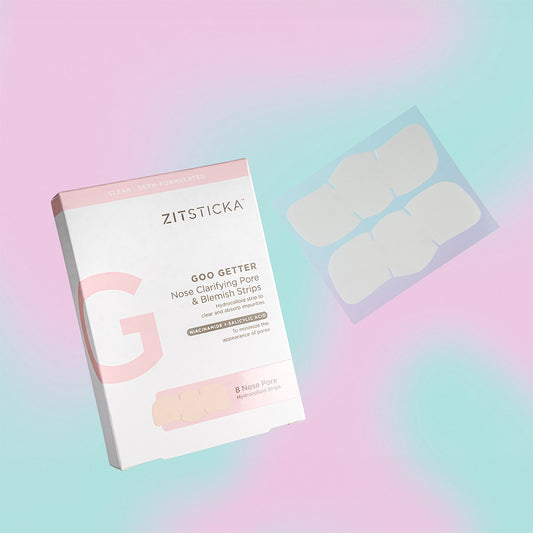By: Hannah Smith
Cover image: @c.har.lee
As a society, we’ve been conditioned to believe that normal, bodily functions are something to be ashamed of or shy away from. And no, we’re not here to normalize passing gas in public (although that may be our next trail to blaze). On a more serious note: from the discourse around breastfeeding in public, to the secrecy with which women discreetly grab a tampon from their bags, to the public pressure to remove body hairs (from any and all regions of the bod), there's no shortage of public policing surrounding our own bodies. For what! We ask. For whom! We inquire.
Add to that list: cellulite and stretch marks. Despite the fact that the vast majority of the population experiences these things, creams, remedies, electro-currents, and even surgeries have gained popularity over the years to remove them. Let’s insert a little analogy because we’re feeling ~passionate~: Could you imagine if zebras were offered a surplus of different expensive treatments to get rid of those gorgeous stripes? No, you can’t, because that is simply weird and ridiculous. Their stripes are what make them unique and beautiful! Are you picking up what we’re putting down?
While everyone is allowed to choose how to care for their own body, these naturally occurring lines and shapes on our bodies are nothing to be ashamed of and nothing we need to rush to get rid of. That said, a large part of destigmatizing that mindset is within ourselves, and in turn, reframing the narrative with those around you. Learn more about the difference between these oft- interchanged terms, what they are, why they form, and why you should learn to love and embrace every bit of your body (Read: over half the population will experience these things!).
So, what’s the difference between Cellulite and Stretch Marks?
Cellulite and stretch marks, though often used interchangeably and thought of in a grouping, are two completely different experiences. Cellulite appears primarily throughout the lower body in areas such as the hips, thighs, torso and glutes, and appears as a soft and (honestly rlly cute) dimpled texture on the skin. While stretch marks commonly appear in the same areas as cellulite, they appear visually completely differently. While cellulite looks soft, stretch marks appear as long, thin, tight and taught lines on the skin, often pigmented as red or purple.
As they look so different, you can guess they’re definitely caused by completely different forces—and you’d be right!
[Ed note: Here, we sought to illustrate this article with some stock images of both of the phenomenons at hand. Turns out Shutterstock only houses images of 'cellulite' and 'stretch marks' through that societally-ingrained-body-shaming lens we mentioned earlier. It's a 'nope' from us.]

So what makes one prone to experiencing this in their lifetime?
Cellulite forms mostly as a result of an accumulation of fat underneath the skin. As fat accumulates, it pushes the skin outward while anchor points of connective tissue stay taut, ultimately creating the soft, dimple formation we see on the surface of the skin. Cellulite is more common in those who live a sedentary lifestyle with little physical activity (would like to emphasize here that we’ve been living through a pandemic, and HEAPS of people are feeling sedentary at the moment). In fact, anecdotally, cellulite has become more common throughout the technology revolution, as more and more jobs have turned to long days sitting at the computer. Moreover, it is also possible to have a genetic predisposition to cellulite, much like acne, eye sight, and height, and can be easier for some to get than others!
Stretch marks, on the other hand, are typically the result of incredibly rapid growth, whether that’s a growth spurt, getting your boobs overnight (thanks to an aggressive puberty stage literally nobody asked for), pregnancy, and even body building—the list simply goes on longer than the infamous Stars Wars movies’ credits.
Though they are common, natural, and beautiful, there are some ways you can lessen your chances of accumulating either thing. An active lifestyle and incorporating healthy foods into your diet can both help control the accumulation and / or rapid growth of fat, but nonetheless, genetics and hormones absolutely play a role in the outcome and ultimately take things out of our control (cool!)—but more on that later.
When it comes to both cellulite and stretch marks, there is genuinely no need for the negative self-talk that is easy to slip into. Why? Because stretch marks and cellulite may feel cursed, but they are undeniably common throughout earth’s entire population. If anything, it’s more ‘normal’ to experience cellulite and stretch marks than to not experience them.
In fact, more than half of pregnant women report stretch marks during pregnancy, and 70% of young girls and 40% of boys experience stretch marks during puberty in various places across the body. For women, thighs, hips, and breasts are the most common while guys also experience marks on their back, butts, and upper thighs—but, of course! Everyone’s experience is unique and no stretch mark is odd.
Although it can be easy to absorb the embarrassment the media has sold us for years, 90% of women experience cellulite in their lifetime and in fact, 10% of men do, too!
A common grudge women have about cellulite is that it seems to affect only women, and while it’s apparent some men experience cellulite, it is far more common (and therefore, unavoidable) for women. Simply put, female hormones such as estrogen increase fat production while male hormones like testosterone actively burn fat, ultimately making women far more pre-dispositioned to fat accumulation, aka cellulite (Cue “God Is A Woman” by Ariana Grande).
Furthermore, women’s collagen structure is naturally weaker than men’s — while women’s connective tissue sets itself up in a parallel structure, men’s connective tissue is set up more like a basket weave, making it easier for their skin to maintain its shape and structure, whereas women’s setup allows that excess fat to break through and create the soft, dimple structure we discussed earlier. The more you know!
Not only are cellulite and stretch marks natural and common, but they affect people of all sizes. A common misconception is that these things are designated for plus size people, but that’s just not the case. Stretch marks and cellulite do not discriminate, and people who are curvy, petite, even muscular are likely to experience them at at least one point in their lives.
All of that is just a long-winded way of saying, there truly is nothing to beat yourself up about if and when you get cellulite. It’s common! It’s natural! and most importantly, it’s honestly HOT!— Feel free to quote us on that.
Can't seem to figure out the right skincare routine for that pretty face of yours? Click here for a ZitSticka filled skincare regime that will have your skin jumping for joy.

